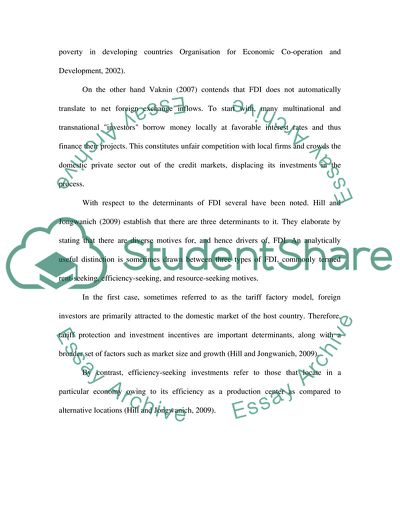Cite this document
(“Foreign Direct Investment in the UK Coursework Example | Topics and Well Written Essays - 2500 words”, n.d.)
Foreign Direct Investment in the UK Coursework Example | Topics and Well Written Essays - 2500 words. Retrieved from https://studentshare.org/finance-accounting/1746269-international-economic-theory
Foreign Direct Investment in the UK Coursework Example | Topics and Well Written Essays - 2500 words. Retrieved from https://studentshare.org/finance-accounting/1746269-international-economic-theory
(Foreign Direct Investment in the UK Coursework Example | Topics and Well Written Essays - 2500 Words)
Foreign Direct Investment in the UK Coursework Example | Topics and Well Written Essays - 2500 Words. https://studentshare.org/finance-accounting/1746269-international-economic-theory.
Foreign Direct Investment in the UK Coursework Example | Topics and Well Written Essays - 2500 Words. https://studentshare.org/finance-accounting/1746269-international-economic-theory.
“Foreign Direct Investment in the UK Coursework Example | Topics and Well Written Essays - 2500 Words”, n.d. https://studentshare.org/finance-accounting/1746269-international-economic-theory.


